Graham Reid | | 5 min read
rotor plus: End: A Boundary and An Edge
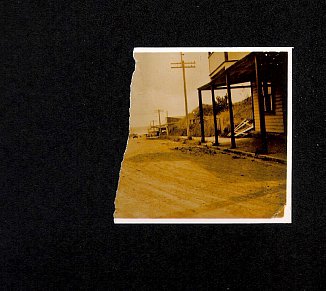
For many decades Avis, the international rental car outfit, had slogans which were variations on its position as number two in the market. Among them was “When you're only No 2, you try harder”.
To advertise its ethic the company promoted itself with “We try harder” buttons . . . and it worked.
People like it when others make an effort on their behalf.
The same broad principle applies to those making music independently. They are up against the might and clout of the top players – those beleaguered multinationals who are still market-dominant – so if you are out there struggling you need to show the customer some kind of extra effort or give added value.
The mysteriously elusive rotor+ (or “r+” or even “rotor plus” it seems) might have only released three albums in the past 13 years, but the “black trilogy” as he calls it -- all the CDs come in plain black covers with their titles/artist name discreetly embossed in gold -- are models of care and added value.
Each of the albums – Aileron from 2000, Map Key Window (2004) and the recently released Dust – come in identikit hardcover 32-page booklets containing photos, inserts, credits and quotes. The first also included films on the disc, back in those days when CR-ROM had to be explained to people.
You can feel the loving care which has been put into these packages, and you feel that special effort where art becomes the object when just holding them. Their deliberate similarity in design also induces that collect-the-series feeling.
And you should, because it is quite some series.
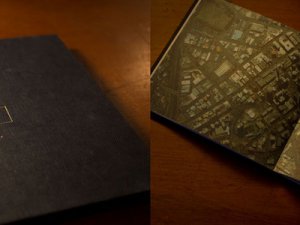 Aileron announces itself – and indeed
the series – with a sound sample from Professor Robert Jack in
December 1921 who transmitted New Zealand's first public radio
broadcast in Dunedin.
Aileron announces itself – and indeed
the series – with a sound sample from Professor Robert Jack in
December 1921 who transmitted New Zealand's first public radio
broadcast in Dunedin.
“This is a test transmission from Otago University, Professor Jack speaking,” he says in a gloriously Scottish burr.
“I shall now play the record . . .”
Thereafter follows some surface noise then curiously cut-up, processed and unintelligable spoken words, deeply hypnotic but minimal keyboard electronica, gentle beats (and off-beats), subtle found sounds and ambient noise, electro-glitch . . .
It is a mesmerising journey through sound, in places such a perfect realisation of Brian Eno's maxim about ambient music (to paraphrase, music as ignorable as it is engrossing) that it might well have fitted into his Obscure label of the Seventies. Which is a great compliment coming from Elsewhereworld.
Aileron is elegant and seductive, and the album concludes with the 19 minute barely-there Mapping the World, a warm amalgam of drone and soft static for 12 minutes before fading into nothingness . . . then the beat-driven coda which sounds well ahead of its time given what the likes of Jon Hopkins are up to these days.
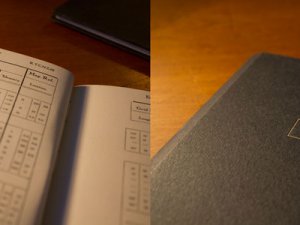 Map Key Window is a very different proposition, but true to the ethos of soundscapes and evocative sonics.
Map Key Window is a very different proposition, but true to the ethos of soundscapes and evocative sonics.
It features stately and almost absent piano (prepared piano in places), some abrupt and attention-getting stops, discreet electronic clicks, and yawning silences which have a slightly unnerving effect as you wait for the entry of . . .
It makes sense that this music lends itself to visual interpretation (you can see some here) because it conjures up restful, dream-inducing states, and evokes memories of half-forgotten histories and stories.
It is contemporary electro-acoustic art music of the most discreet and intelligent kind.
All of which leads to Dust, and once again the parameters have shifted for this even more ambitious but still quietly considered album.
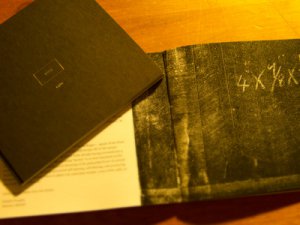 If the previous two albums staked out a wide area of electro-acoustic sound construction, the beguilingly beautiful Dust narrows them but adds greater musical colour and depth.
If the previous two albums staked out a wide area of electro-acoustic sound construction, the beguilingly beautiful Dust narrows them but adds greater musical colour and depth.
Opening with silence, then what sounds like electro-crackle (or dust on the needle), the 28 minute first track moves through some resonating but spaciously placed piano notes which collect into a soft melodic line -- but not before a stab of what sounds like angry fiddle wakes you up like a muezzin calling the faithful to prayer.
Before and after that wake-up alert, the delicate placement of piano notes (and soft background noise, electronica etc) evokes some weightless space station where ambient music filters from speakers. It is truly lovely, but also uneasy as sonic effects and scrapes keep you on edge.
 As with all the lengthy pieces across the Rotor+ albums, this opener is divided into named sections, here being: unsaid; april 2010; unable to stay, unable to leave; the absence of geometry; the walk that crossed the ocean; and nothing lasts for long.
As with all the lengthy pieces across the Rotor+ albums, this opener is divided into named sections, here being: unsaid; april 2010; unable to stay, unable to leave; the absence of geometry; the walk that crossed the ocean; and nothing lasts for long.
These allusive titles -- and the artwork in the booklets -- add further dimensions to this all-encompasing rotor+ experience . . . which could seem pretentious, but are rather more portentous as strange winds, shuffling sounds, sonic blips and barely audible white noise conjure up memory states and emotions.
There is a much more cinematic quality -- understated however -- on Dust, especially in the final half of what we might call the first movement and the first part of the second.
This is an album which comes with dust literally on one of the pages to add a tactile dimension to an already collectable and engrossing object.
And on this album the strings which come into play add an even more human dimension, more so than on the first two in this integrated trilogy. The final 11 minute track which takes you out of this experiential music (which is the one posted) includes segments entitled "the memory of the photo long since lost", "the empty boat" and finally -- almost by way of signing off from a journey that has been gravity-free, inclusive and utterly disarming -- is "the last physical object".
Tellingly that is "V1.0". Maybe, like me, you just want "V2.0" as soon as possible.
It ends on some spare plucked notes, then the necessary descent into the inevitable . . . glorious silence.
Few understand silence and employ it as well as rotor+.
It would be unfair and is unnecessary to reveal just who rotor+ is, especially given the lengths he goes to in order to present these limited edition art objects (just 300 of each) as almost disembodied cultural artefacts. A name here is irrelevant, the refinement of the art speaks for itself.
It is perhaps ridiculous to use the word "exciting" about work such as this which is so understated, personal and intimacy-inviting, but every time I have played these albums -- which constantly reveal new aspects and sounds -- it has been with such a sense of anticipation that no other word properly applies.
Dust -- the conclusion to a trilogy, but seemingly also pointing in a new and even more rewarding direction -- is such a detailed exploration of emotion through sound, atmosphere through allusion, and beauty through decay/delay and musical entropy that you hope for much more from this source very soon.
Very soon.
Meantime though, there is much to immerse yourself in across these quite exceptional art objects.
This is what you get when someone tries harder.
For more on rotor+ releases see the website for the magnificently named The Radiophonics Trading Company of New Zealand/Aotearoa here.
.
These Further Outwhere pages are dedicated to sounds beyond songs, ideas outside the obvious, possibiltiies far from pop. Start the challenge here.

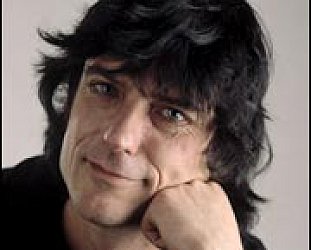
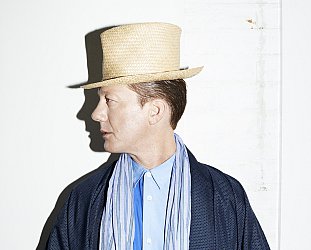
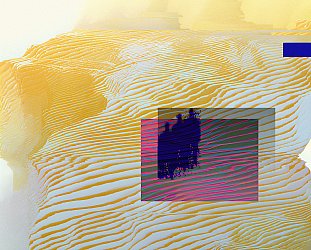
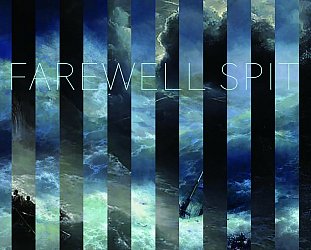
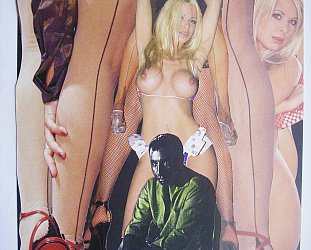
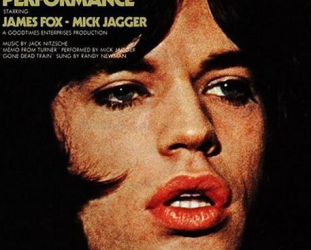
post a comment